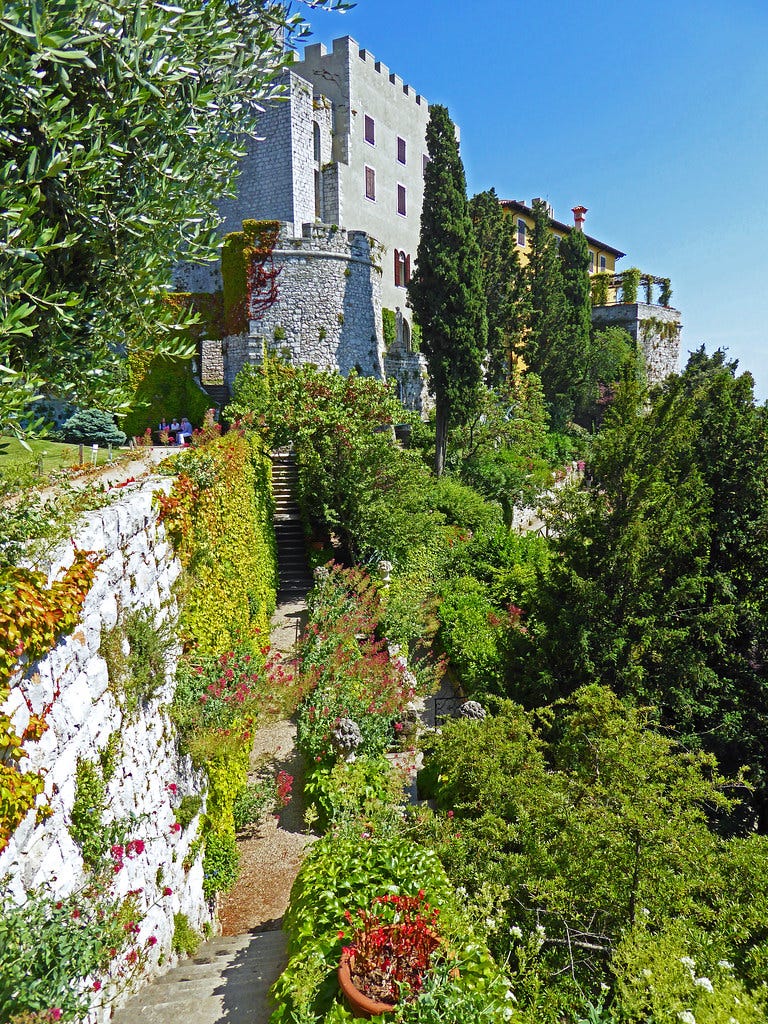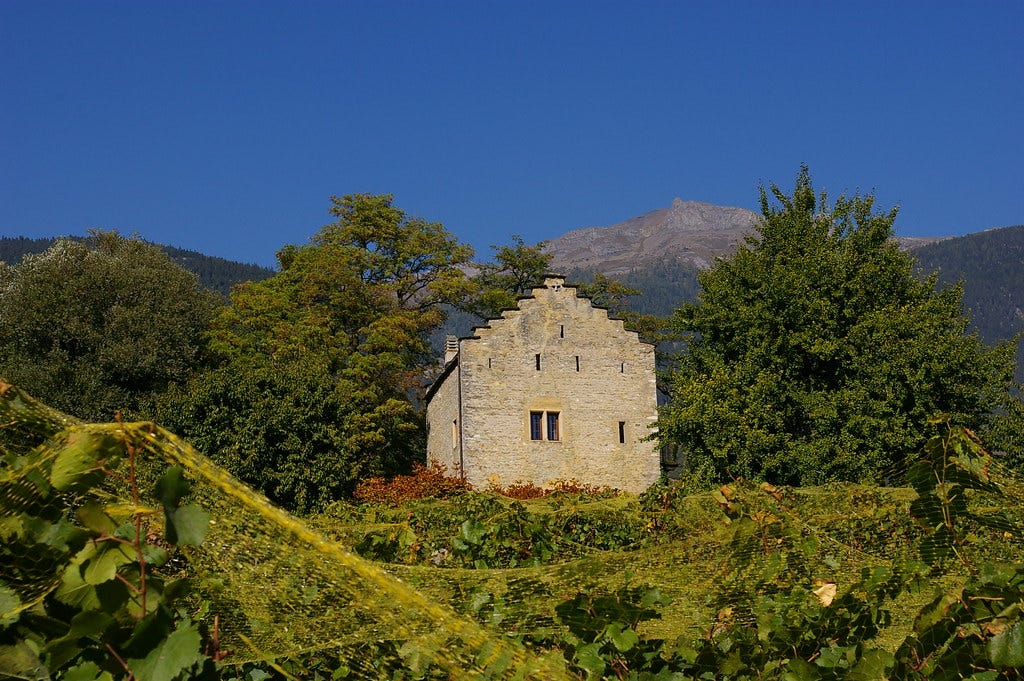
The last time we went full tilt with a poet in an issue was back in August 2020, with Vijay Nambisan. In this issue, we go through two decades of Rilke’s life in a very subjective interpretation of an/the artist’s life.
I hold a certain belief that writer’s dispensing their advice to others are often speaking to themselves.1 Rainer Maria Rilke’s letters to a teenage Franz Kappus2 that then went on to become the Letters to a Young Poet, shaped and steadied many young men in the decades that followed its translation. Between 1902 and 1908 when he wrote these letters to Kappus, Rilke was in the middle of finding himself in Rodin’s studio3, both literally and figuratively, first as an observer for a monograph, and later as his secretary.
It is in those initial days, working on his monograph on Rodin, that he wrote his famous phrase on fame - Fame is no more than the sum of all the misunderstandings that gather around a new name.4
What if, then, Rilke’s advice to a young Kappus, were him trying to understand himself, as he tried to understand art and its meaning through Rodin and his works?
Rilke’s existence, as one might glean from his poems, was a constant inquisition of who is an artist, and if he may call himself one. In Rodin he saw a true artist, and in perhaps their conversations he was deconstructing him to figure out the structure of one; and rebuild himself in that mould, like a sculptor might.5
I have no basis for these thoughts of course. Just my interpretations of two archaic dead men and their works and the coincidence of time that bound them.
But interpretations are powerful. What would the the title of Rachel Corbett’s book6 on the Rilke-Rodin relationship be in place of You Must Change Your Life, that owes itself to the the English translation of Archaic Torso of Apollo by Stephen Mitchell, had she read only an earlier translation by Jesse Lemmont instead (included in the translation of Rilke’s monograph to English)?
Each spot is like an eye that fixed on you With kindling magic makes you live anew.
The varied interpretations of the poet’s words are even more prominent in Duino Elegies. There are over 20 translations of the collection in English7; each interpretation a view into the translator’s eyes more than that of Rilke. What isn’t subjective, is the powerful presence of the order of angels in the collection. Omniscient, it is the thread that binds them all into one collection. Rodin, of course, created the Fall of the Angels, setting in stone the idea of their imperfections, their fallibility, while Rilke wrote of them as perfect creations. Rilke’s elegies begin with a cry to the angels out of despair, and ends in the source of joy with the tenth, finding peace in the work than in its meaning, a decadal pursuit that began in the Duino Castle and ended at Chateau de Muzot in perhaps finding space for his own ideals alongside Rodin’s.
In 1901, a year before he first interacts with Rodin, Rilke wrote a letter to his wife’s brother Helmuth.
But do you know what the principal thing was for me, dear Helmuth: that I saw once again that most people hold things in their hands to do something stupid with them, instead of looking carefully at each thing and asking each about the beauty it possesses.
I begin to think, Rilke’s interpretation for Rodin’s genius was in trying to find the artist’s eye that he knew existed, but felt out of grasp. In asking the question, how does he look at stone8, to turn them into his masterpieces, in order to see the world as a true artist would, to fill the voids caused by his own insecurities. It is no surprise that many who suffer their own imposter syndrome seek refuge in his letters9; a constant egging to believe in your inner eyes.
This is what he looks for in the headless torso of Apollo. That we cannot understand the meaning of our art, instead we must feel it with our heart. That as artist we must see inward, and listen to the rhythm of our chest, the true way of seeing.
We cannot fathom his mysterious head, Through the veiled eyes no flickering ray is sent; But from his torso gleaming light is shed As from a candelabrum; inward bent, His glance there glows and lingers.

As you will frequently find in Daak’s footnotes
Perhaps why Kappus never became a poet of note
Rodin’s long shadow (paywalled)
An excerpt from the book that this letter drew much from
Lost in Translation: Selecting a Translation of Rilke’s Duino Elegies (including a layman’s translation of the first elegy, that to my mind unlocks the poem best)
I have frequently used stone to signal Rodin’s work, although he worked more with other modern media for his art


